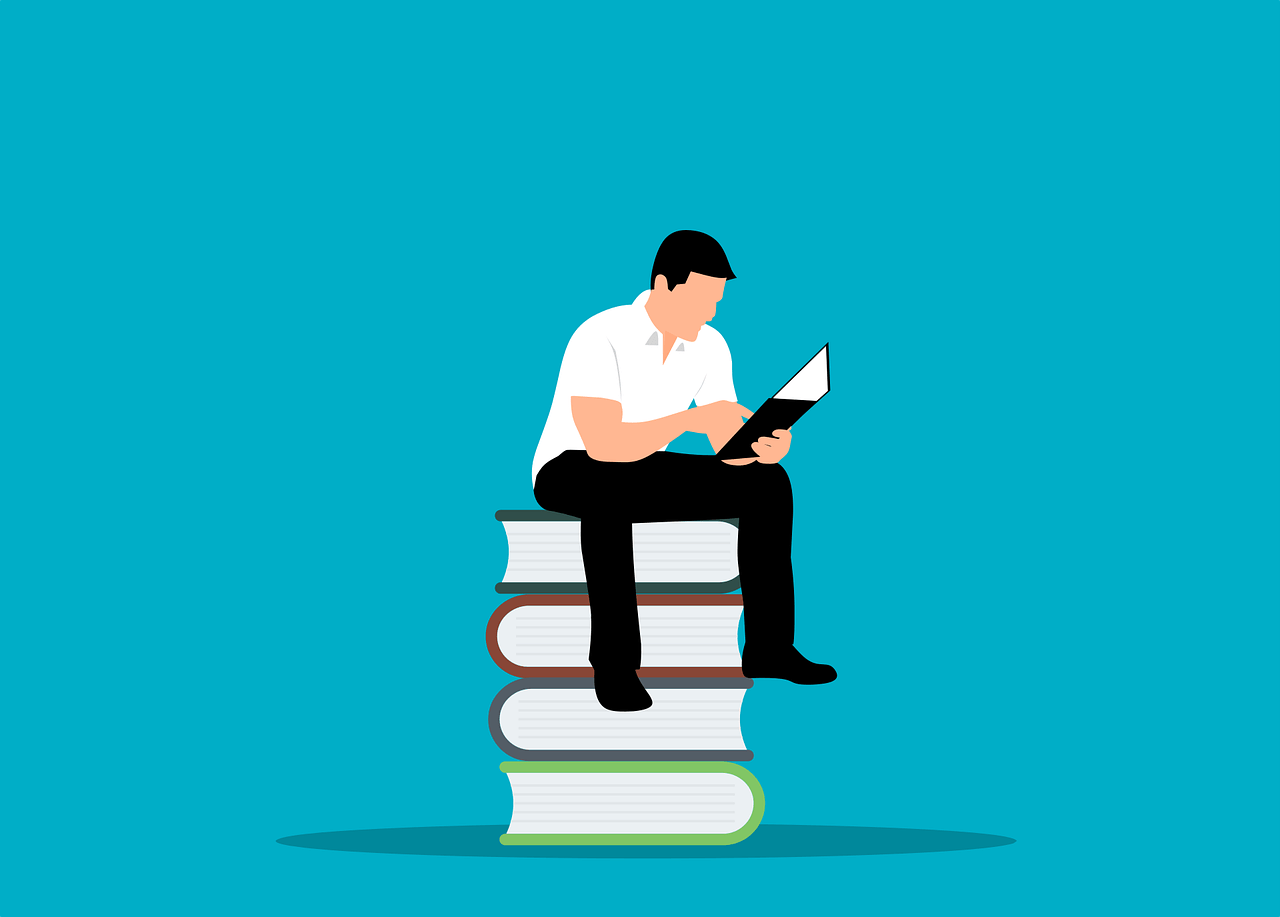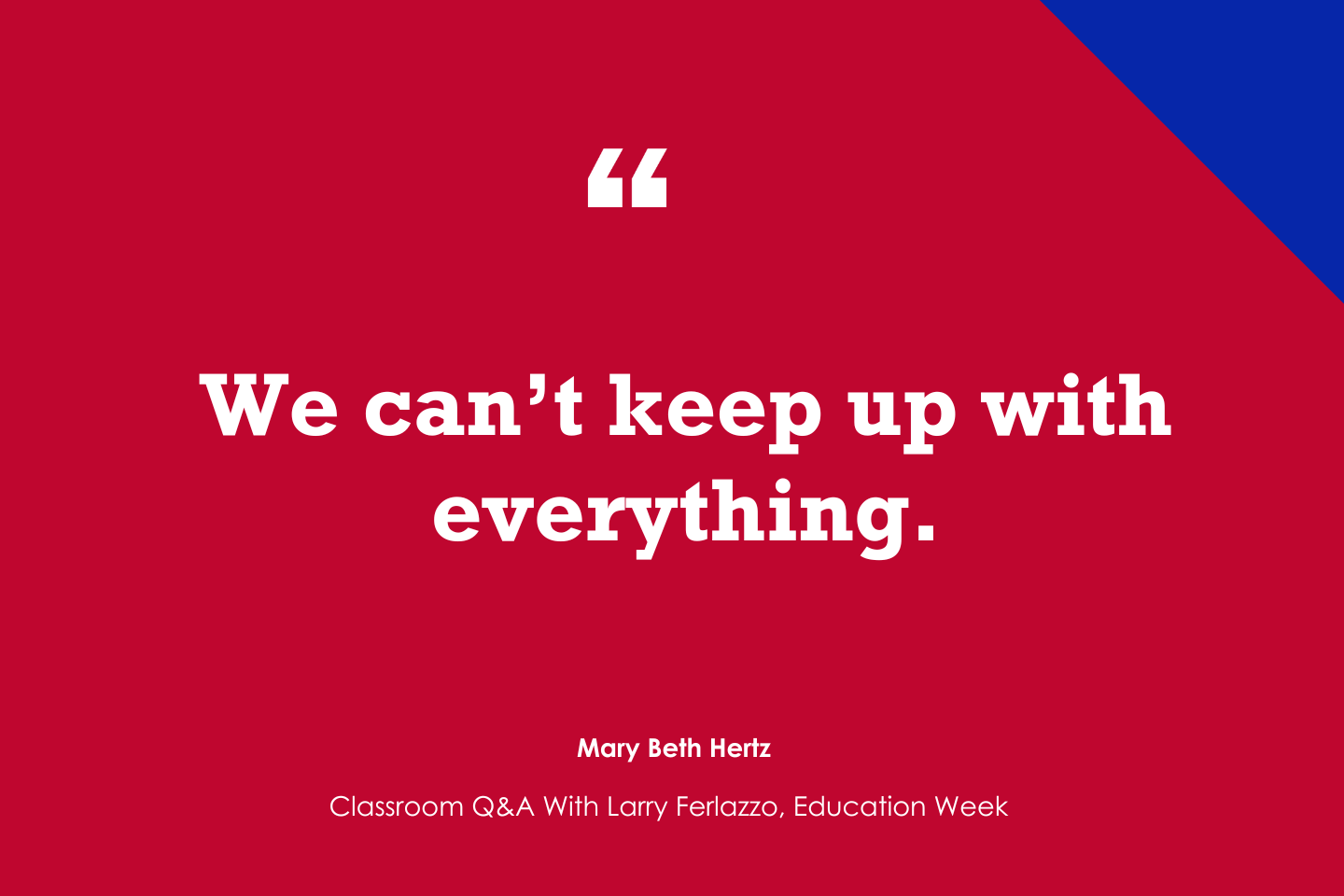Key points:
Smartly deploying blended learning can complement the student experience
Where does blended learning fit in post-pandemic classrooms?
District virtual schools need to innovate beyond flexibility and security
For more news on blended learning, visit eSN’s Digital Learning hub
This post on blended learning originally appeared on the Christensen Institute’s blog and is reposted here with permission.
Education technology (edtech) has long faced skepticism, and with good cause. For many people during COVID, remote online learning was an unmitigated disaster. Meanwhile, multiple studies confirm what parents and teachers know already: one-laptop-per-child policies have null effects on academic attainment, or even negative effects. And what the data doesn’t say, our hearts do: in developed countries, our children need more sunshine and less screen time.
But giving up now on the potential for online learning to improve the standard of living for children would be a mistake. Disrupting Class, which Clayton M. Christensen, Michael B. Horn, and Curtis Johnson co-authored in 2008, predicted that online learning will be a powerful enabler of gains in education. The follow-up book, Blended, which I co-authored with Horn in 2014, said that much of this gain will emerge from blended learning, meaning online learning as part of in-person schooling. A decade later, this vision is truer than ever, despite the clutter that the broader category “edtech” has created.
In fact, in his 2023 book Best Things First, economist Bjorn Lomborg names one application of blended learning as among the 12 most efficient solutions to “dramatically improve the lives of people living in the poorer half of the world.” (He uses the term “tablet learning,” but the practice he describes fits within the Christensen Institute definition for blended learning). Lomborg’s team at the Copenhagen Consensus Center selected the 12 solutions as those with the highest benefit—both in lives saved and dollars‒at the lowest cost. Other solutions on their list include tuberculosis treatment, agricultural R&D, mosquito bed nets to prevent malaria, and eight others. Together, the 12 solutions save 4.2 million lives annually, they estimate.
When I discovered Lomborg’s list, I ravenously turned to the chapter about education to see what version of blended learning he finds so compelling. I wasn’t surprised to see that his favored solution is simply this:
Use blended learning to teach at the right level
Give students a device with adaptive software in their native language that quickly assesses the level of the student and then starts teaching them at the right level.
That’s it. For roughly one hour a day.
The rest of the day can remain the same, with students sitting for traditional instruction. But that single hour in which students learn at the right level provides extraordinary benefits. On average, when students experience this treatment for a year, they learn as much as they normally would have in almost three years.
Why it works
The world has made progress in enrolling students in school. Now the work is to ensure that they, in fact, learn while in school. In too many cases, they don’t. As a result, “almost 80 percent of students—a third of a billion—aren’t even achieving minimal skills” (Lomborg, 2023). So the solution Lomborg describes is a critical advance.
The logic is straightforward. Most schools group students according to their age. The assumption is that students who are the same age have attained roughly the same grade level of learning.
But this assumption is wildly untrue. For example, among 619 students in a New Delhi sample, the average student was several grade levels behind grade-appropriate standards, and the gap worsened by age. The blue line in the graph below from the Disrupting Education study by Karthik Muralidharan, Abhijeet Singh, and Alejandro J. Ganimian shows where students would be if they were on grade level. The scatterplot shows each student’s actual academic attainment.
Image from Christensen Institute blog post
Although this solution can be accomplished without devices, a computer-based approach allows for simple translation in multiple languages, easy updates, and delivery via an engaging user experience. (The low-tech alternative is to have students of different ages shuffle to various classrooms to learn at the right level for an hour. While still an effective option, the drawbacks are that this method can require more teachers and feel shameful to students who have to join younger classes.)
Granted, using computers to teach at the right level costs money. However, this solution doesn’t require a computer for each student; instead, schools can cycle several students through the same device each day. Lomborg’s cost/benefit calculation takes into account other costs as well—such as installing solar panels in classes without electricity to charge devices and training teachers in how to manage the devices—and yet still nets out with a benefit-to-cost ratio of 65:1, or $1,978 of benefit per student per year for every $30.56 of investment.
According to Lomborg, “education is possibly the single most important factor in determining whether a nation is rich or poor.” The education practice at the Christensen Institute has studied blended learning for years. Lomborg’s research helps renew the case for smartly deploying blended learning to complement the student experience.
But perhaps we haven’t made the case strongly enough. Not only is this solution a theory-backed idea, but it’s likely one of the most important priorities that our world can promote to alleviate poverty and give all children a chance at having a decent quality and span of life.
Education technology (edtech) has long faced skepticism, and with good cause. For many people during COVID, remote online learning was an unmitigated disaster. Digital Learning, Featured on eSchool News, Online & Hybrid Learning, blended, blended learning, classrooms, digital, digital learning, district, help, learning, need, news eSchool News







